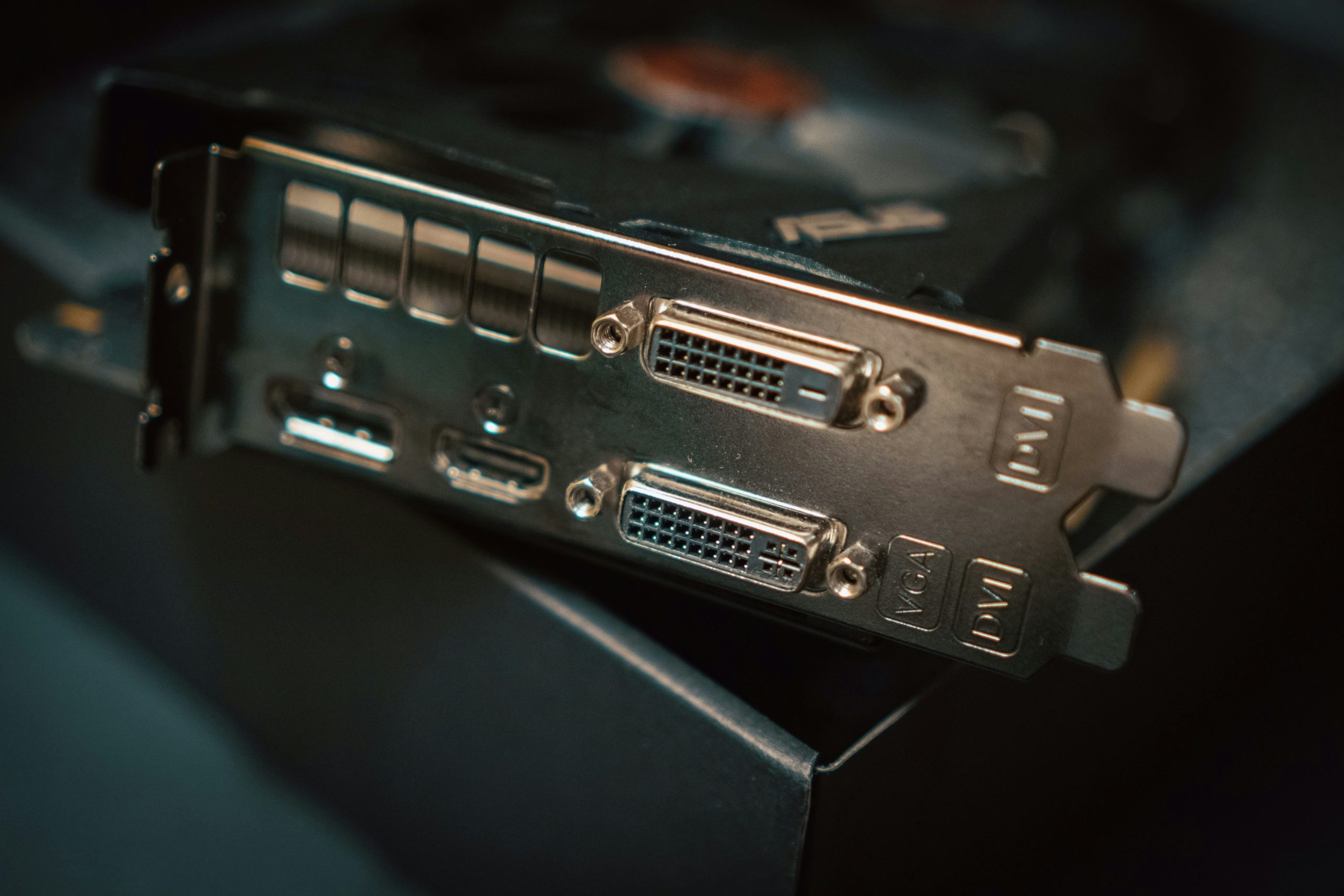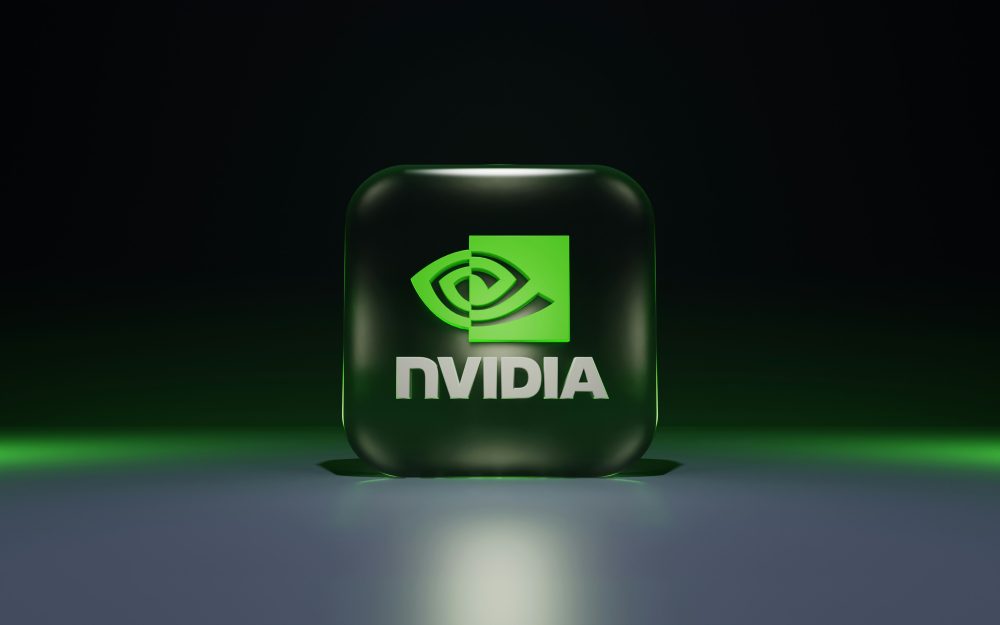In the ever-evolving landscape of gaming and graphic design, having the right drivers can make all the difference between a breathtaking experience and frustrating gameplay. Imagine embarking on an epic adventure, only to be held back by lagging frames and distorted visuals – a nightmare for any enthusiast! If you’ve been experiencing glitches or performance issues with your Nvidia graphics card, it might be time to consider a clean installation of your drivers.
But what exactly does that entail? A clean installation goes beyond simply updating software; it’s about wiping away any remnants of previous versions that may conflict with new updates. In this article, we’ll guide you step-by-step through the process of ensuring your Nvidia drivers are fresh, optimized, and ready to unleash the full potential of your hardware. Say goodbye to pesky bugs and hello to smooth sailing in games – let’s dive into the world of clean installations!
Understanding Nvidia Drivers and Their Function
Nvidia drivers serve as a critical bridge between your operating system and the hardware of your graphics card, translating software commands into actions that produce stunning visuals and smooth gameplay. When you install a game or an application that utilizes 3D graphics, it’s these drivers that enable the communication essential for maximizing performance. Regular updates to Nvidia drivers not only ensure compatibility with new games but also introduce optimizations and fixes that can enhance frame rates and improve overall stability, making them crucial for gamers seeking the best experience.
Understanding driver versions is equally important; Nvidia provides Game Ready Drivers geared towards implementing specific Game Ready features—often released right alongside major game titles—to ensure optimal performance at launch. Additionally, this approach allows dedicated users to enjoy cutting-edge technology like DLSS (Deep Learning Super Sampling), which enhances visual fidelity without sacrificing speed. As such, staying informed about driver releases can empower users to take full advantage of their GPU’s capabilities while mitigating potential issues before they arise. Investing time in understanding these essential components can lead to a markedly richer gaming experience as well as smoother workflow in graphic-intensive applications.

Preparing Your System for the Installation
Before diving into the clean installation of Nvidia drivers, it’s essential to prepare your system meticulously to ensure a seamless experience. Start by backing up crucial data—files can be unexpectedly affected during driver updates due to compatibility issues or unforeseen errors. Additionally, it’s wise to create a system restore point; this safety net allows you to revert your system back if things don’t go as planned.
Next, remove previous GPU drivers completely using utilities like Display Driver Uninstaller (DDU). This tool not only ensures all traces of old drivers are wiped out but also optimizes the remaining settings for fresh installations. Afterward, check for any pending Windows updates that might enhance compatibility with the latest driver; keeping your operating system up-to-date is critical in leveraging your graphics card’s full potential. Finally, consider cleaning inside your computer case—a dust-free environment promotes better airflow reducing thermal throttling during intensive gaming sessions post-installation. By following these preparatory steps diligently, you’re setting the stage for an optimal graphics performance upgrade!
Uninstalling Current Nvidia Drivers Properly
Before embarking on the clean installation of new Nvidia drivers, it’s crucial to ensure that any existing drivers are uninstalled properly. This step not only prevents potential conflicts but also ensures that your system is optimized for performance. Begin by navigating to the Control Panel in Windows and selecting Programs and Features. Here, you will find a list of all installed software; locate your Nvidia graphics driver, right-click it, and opt for “Uninstall.”
However, simply removing these drivers may leave residual files behind, which can lead to complications down the line. To thoroughly cleanse your system, consider using third-party tools like DDU (Display Driver Uninstaller). Running DDU in Safe Mode allows for a more comprehensive removal process—clearing out all traces of previous installations, including registry entries that could block smoother operation of new drivers. After this meticulous detoxification process, rebooting your machine ensures a fresh start before proceeding with the installation of your new Nvidia drivers. The attention to detail in this uninstallation phase sets the foundation for an optimal graphics experience moving forward.

Downloading the Latest Nvidia Driver Version
Before diving into a clean installation of Nvidia drivers, downloading the latest version is crucial for ensuring optimal performance and compatibility with your hardware. Nvidia frequently updates its drivers to fix bugs, enhance performance in new games, and add support for cutting-edge technologies, such as DLSS and ray tracing. To obtain the most up-to-date driver, navigate to the official Nvidia website and utilize their intuitive search tools. You can filter results by product series and operating system, ensuring you download precisely what your specific graphics card needs.
Additionally, consider subscribing to the Nvidia newsletter or following their social media channels for notifications on driver releases. Staying informed about these updates allows you to act swiftly whenever a new version drops—especially important when major game titles are released that require optimized drivers for peak performance. Remember that a clean installation not only incorporates the newest features but also discards any remnants of previous installations that could lead to instability or glitches down the line. Embracing this disciplined approach ensures that you harness the full potential of your GPU while enjoying a seamless gaming experience.
Performing a Clean Installation Step-by-Step
Embarking on a clean installation of Nvidia drivers is not just about removing the old files; it’s a chance to rejuvenate your system. Start by ensuring you’ve backed up important data—this precaution guarantees that any unexpected outcomes during the installation process won’t lead to unwanted loss. Next, completely uninstall existing drivers through the Device Manager or the Add/Remove Programs section for software still lingering in your system.
Once you’re cleared of old remnants, download the latest Nvidia driver directly from their official website. Opt for the “Custom Installation” option during setup. This allows you to select Perform a clean installation, ensuring former settings and configurations are wiped away, paving the way for optimal performance with fresh settings tailored specifically for your hardware. After completing this step, reboot your computer and keep an eye on any improvements—not merely in performance but also in stability and compatibility with new games or applications. By undertaking this meticulous approach, you’ll help maximize your GPU’s potential while safeguarding against common hiccups associated with outdated driver residues.

Verifying Successful Driver Installation Process
Once you’ve meticulously completed a clean installation of your Nvidia drivers, the next crucial step is to verify that the installation was successful. Begin by accessing the Nvidia Control Panel, which can be found by right-clicking on your desktop. Within this interface, check for the presence of your graphics card model under System Information. If it displays correctly, you’re already off to a great start!
Beyond simple monitoring, using benchmarking tools like 3DMark or user-friendly GPU monitoring software such as MSI Afterburner can provide deeper insights into performance and stability. Run a few tests or games to gauge whether frame rates are smooth and consistent—I mean, what’s the point of installing new drivers if they don’t elevate your gaming experience? Additionally, checking for driver updates regularly allows you to stay aligned with improvements from Nvidia; these updates often include optimizations for newly released games and applications. Engaging in community forums can also unveil common issues others face during installations—sometimes sharing experiences leads to discovering hidden fixes that could enhance your system further!
Conclusion: Benefits of Regular Driver Maintenance
Regular driver maintenance extends far beyond simply avoiding errors and crashes; it enhances the overall performance and lifespan of your hardware. Keeping your Nvidia drivers up to date ensures that you’re utilizing the latest improvements in performance optimization, bug fixes, and compatibility features. Gamers may experience better frame rates, reduced lag, and ultimately a smoother gaming experience thanks to these timely updates. Additionally, updated drivers can lead to more efficient resource utilization, allowing your GPU to function at its peak potential while consuming less power.
Beyond performance benefits, regular driver maintenance contributes significantly to system security. Outdated drivers can be a vulnerability point for malicious attacks or software exploitation. By maintaining updated drivers, you not only protect your investments but also create a more stable environment for both casual users and professionals relying on intensive applications like video editing or 3D rendering. Therefore, fostering a habit of routine driver checks cultivates a proactive approach toward technology care—a small effort that yields substantial rewards in reliability and efficiency over time.






